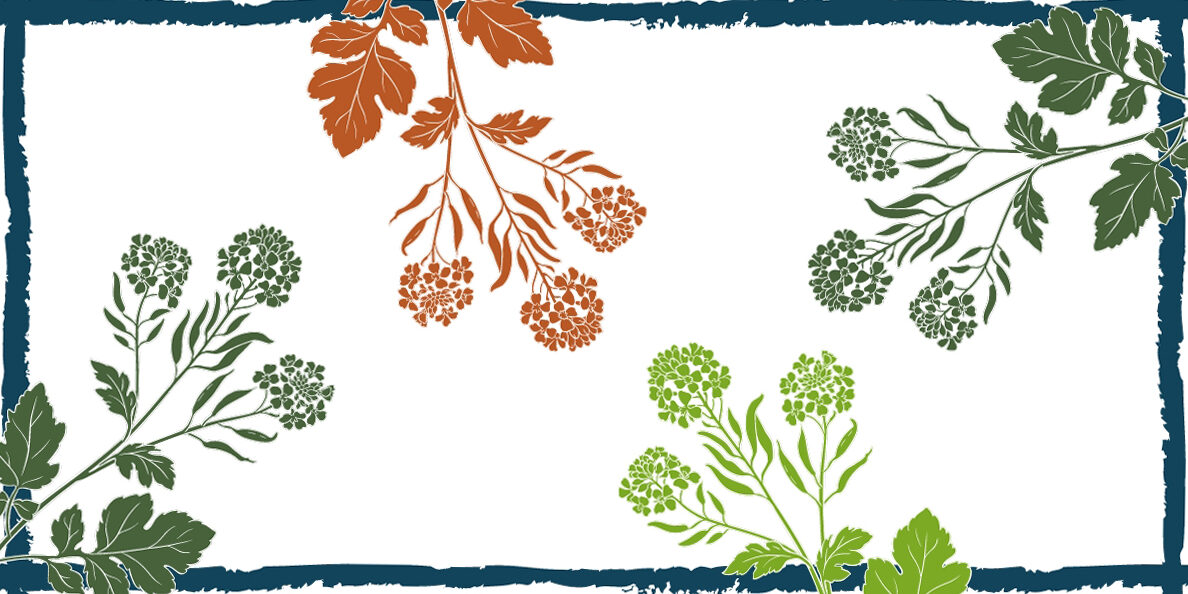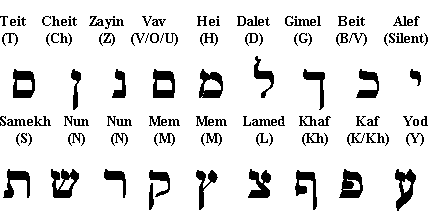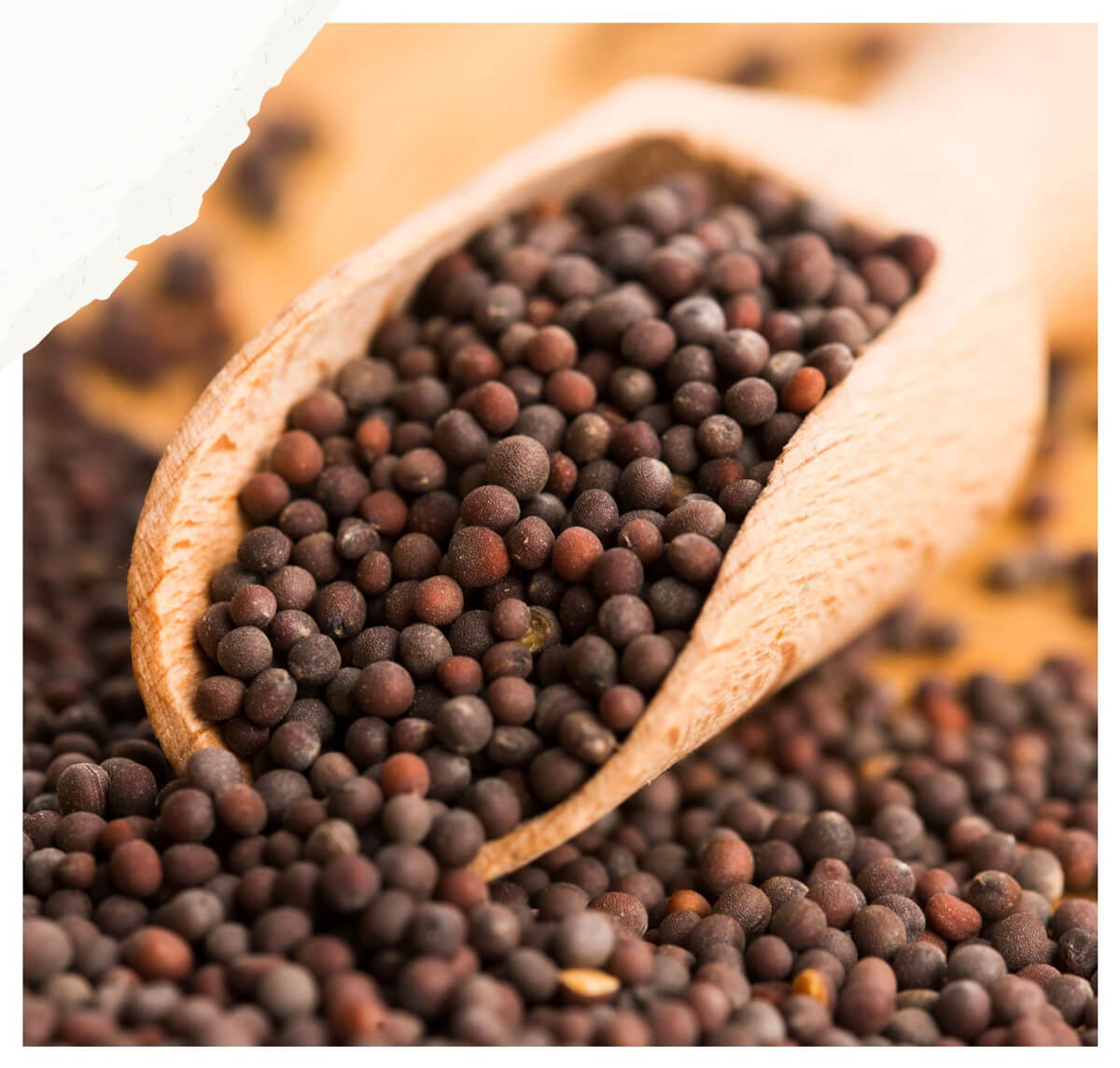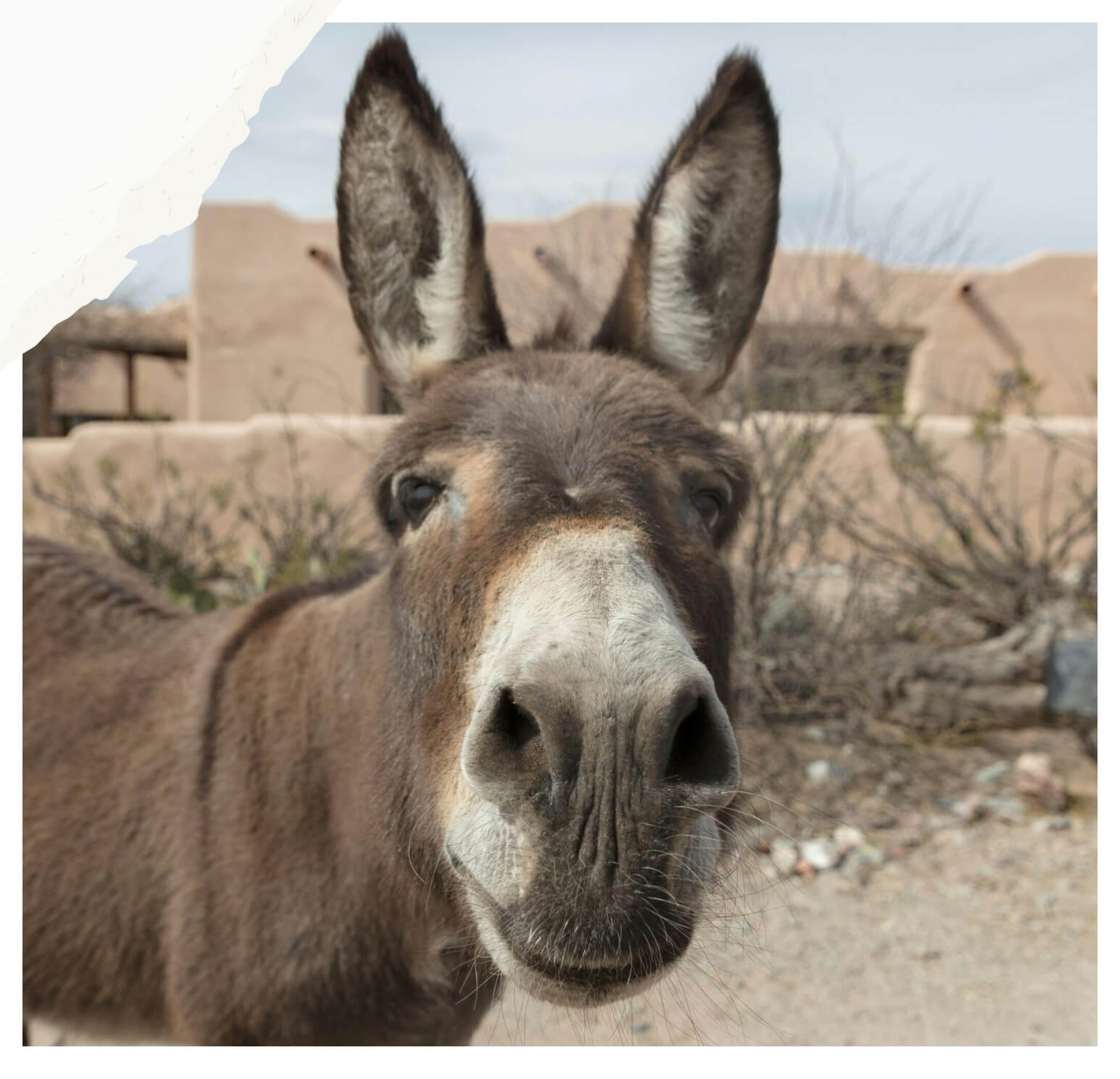Hebrew
The Great Cheese Inquisition
Every once in a while when I am studying something in my Bible, I get distracted and go off on an interesting tangent. (Actually, this happens frequently.) The other day as I was looking up references to the Ten Commandments (more on that later, maybe), I came across 1 Samuel 17:18, which in the English…
Biblical Hebrew: Week 1
Allow me to tell you what I think I know about the Hebrew alphabet. There are 23 letters in the Hebrew alphabet. Some people say there are 26. And immediately we come upon the main lesson of Week 1: In Biblical Hebrew, there is an alternate opinion, spelling, symbol, and/or pronunciation for just about everything.…
Hebrew
This weekend, I began reading Hebrew. I don’t mean the book of Hebrews; I mean the language Hebrew. Although to be honest, I didn’t actually read Hebrew so much as I just looked at it. “Reading” implies comprehension. I am signed up to take a Biblical Hebrew class this fall. I am really looking forward…
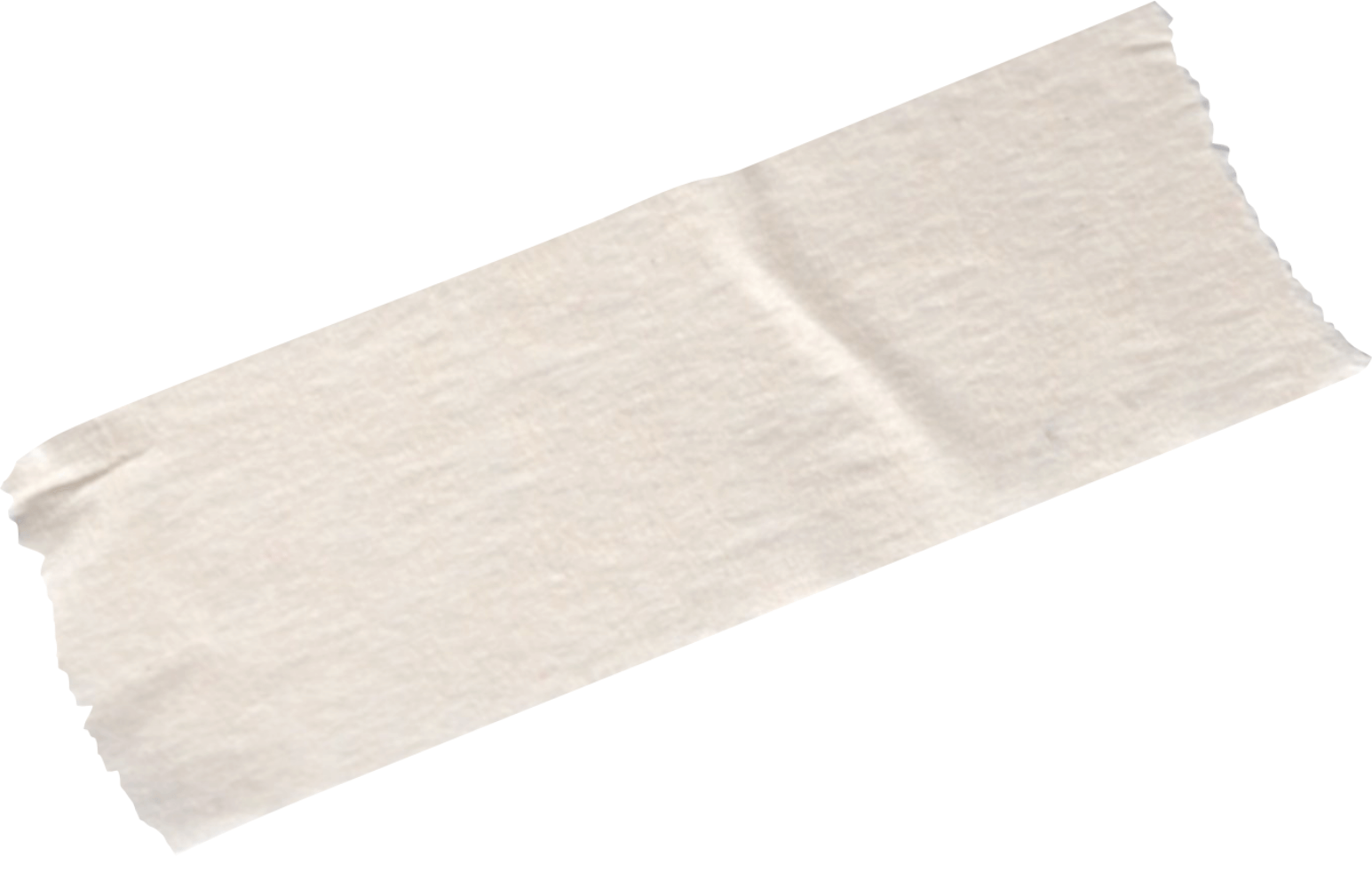
Search the Blog
Categories
Join the email list to receive the latest post and occasional exclusives

Meet Janet!
Janet Beagle, PhD is the founder of The Mustard Patch. She divides her time between the Midwest and New England, and if she’s not writing, she’s probably out hiking with her 2-and 4-footed friends.

